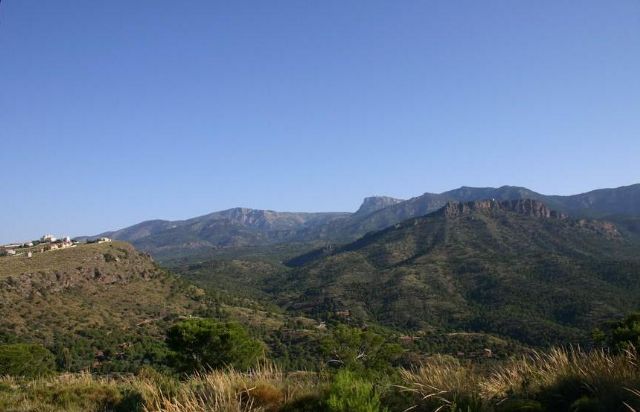The regional park of Sierra Espuña will join a network of European sustainable tourism with thematic itineraries on interior destinations and Prehistory, to which the Calblanque park will also adhere.
The European Union has launched the Inherit project, which aims to create a network of quality tourist destinations, associated with the protected areas of the Natura 2000 Network, where the conservation of biodiversity and cultural heritage is prioritized.
This initiative started a few months ago consisting of ten countries - Spain, Greece, Croatia, Italy, France, Slovenia, Cyprus, Malta, Portugal and Montenegro - that share strengths and weaknesses: a great natural and cultural wealth and a growing tourist massification in its coastal strip.
The strategy proposed by the European authorities is to create a network of quality destinations that guarantee the enjoyment of nature and cultural heritage, offering an alternative to visitors who demand a different experience.
The Region of Murcia, which represents Spain in the Inherit project, will propose the integration in this European network of sustainable tourism of its two crown jewels: the regional parks of Sierra Espuña and Calblanque, the two protected areas of the Autonomous Community that they better adapt to the premises of what the project terminology calls 'Inheritura areas'.
Espuña and Calblanque would integrate the Spanish area into a nomination proposed by the General Directorate of the Natural Environment and the Seneca Foundation.
A cooperation board composed of representatives of the different participating countries will decide which are the first Inheritura areas to be launched.
Once these areas are defined, they will connect with multidestine tourist itineraries - a fundamental premise for travel operators - that will be based on three different themes: marine caving, interior destinations and Prehistory.
Both Sierra Espuña and Calblanque have sufficient natural and cultural resources to integrate into the network, the Ministry of Environment considers, since the important biodiversity of these two spaces are added heritage assets as relevant as the snow wells - on the way to be declared of Cultural Interest- and the archaeological sites of La Bastida and La Almoloya, among others.
Inherit is now put into operation in the Region by contacting the different administrations, tour operators, associations, land owners and universities, among other actors operating in the territory, to add them to this project financed with European funds Feder (5.6 million ) that will run until 2022.
The medium-term objective is to create a quality tourism brand that can be exported throughout the Mediterranean area, with common criteria and giving importance to natural heritage conservation initiatives voluntarily launched by tourism companies and non-professional associations.



 Español
Español English
English